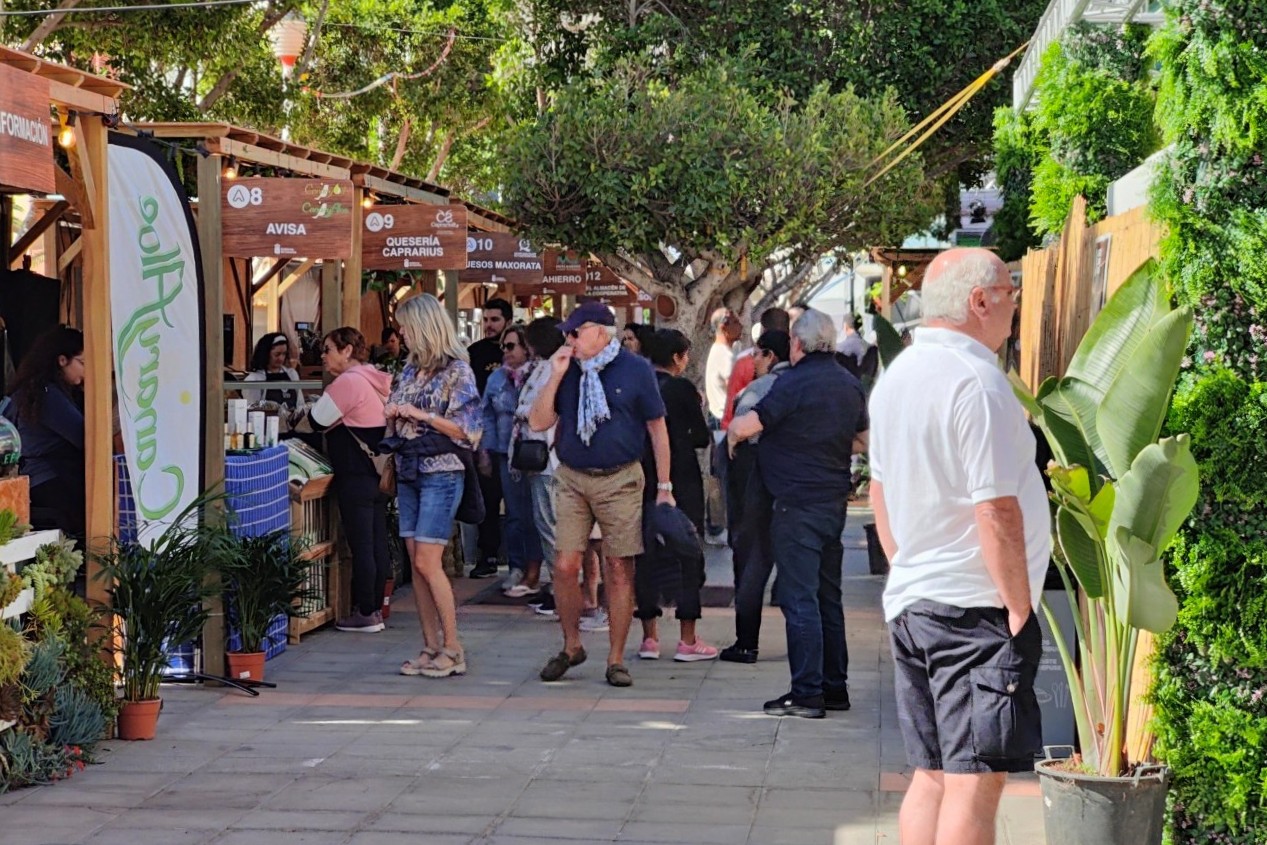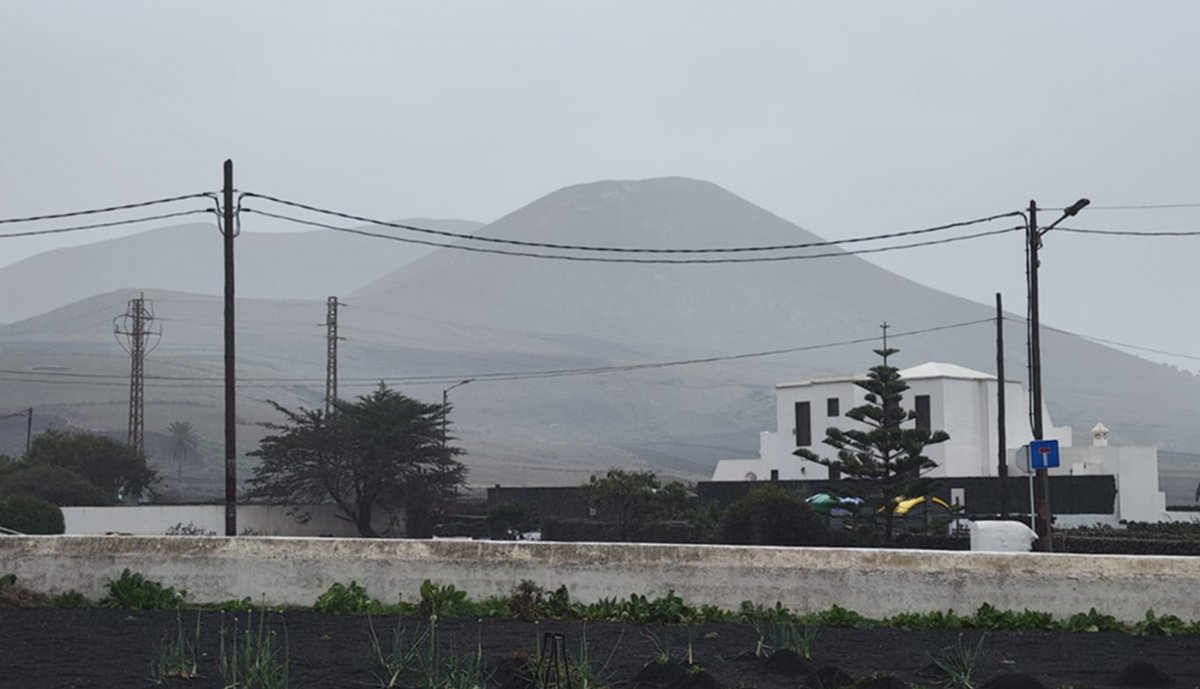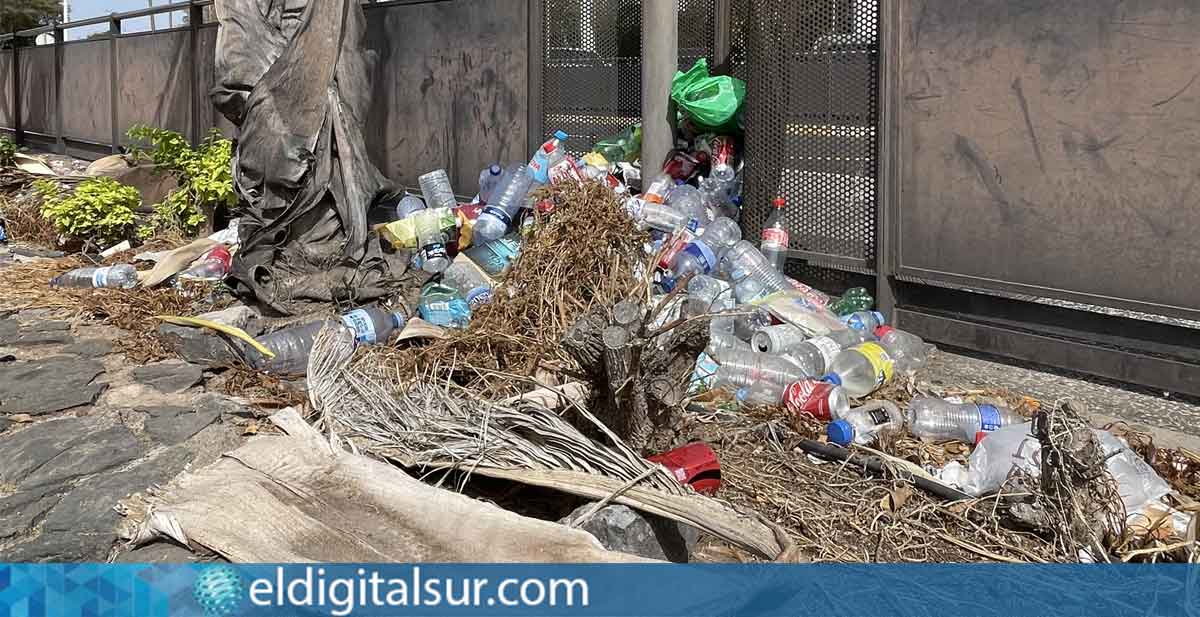Before the proliferation of traffic lights on streets and avenues, there existed a unique building in the Canary Islands constructed for a very different purpose: to serve as a reference point for navigators and as “the last point in Spain before heading to America.
Situated in a strategic location facing the Atlantic, this building, now in ruins, was once regarded as the Silicon Valley of its time due to its significance in the development of communications.
It was also one of the first traffic lights installed throughout Spain.
The project began in 1884 when the Government decided to deploy a network of electromechanical stations along the coast. This network had a dual purpose: to warn the population of potential attacks and to facilitate the entry of ships into harbour.
This technological advancement found one of its most relevant milestones in Tenerife: the Igueste de San Andrés Maritime Signalling Station, popularly known as the Semáforo de La Atalaya, which was the first of its kind in the Canary Islands.
In Tenerife
In 1871, the Spanish Government decided to create a network of electromechanical stations. Punta de Anaga in Tenerife was identified by a commission from the Ministries of Marine, Governance, and Overseas as a prime location.
Just one year later, on 30 September 1884, the Igueste de San Andrés Maritime Signalling Station was inaugurated here, one of the first twenty constructed by the Ministry of Public Works in Spain.
Built on the Atalaya of Anaga, at an altitude of 222 metres above the cliff, the complex occupied 1,194 m² of land, of which 247 m² were attributed to the main building. It overlooked the northern part of La Jurada beach, right where a recently installed submarine cable connected Tenerife to the world.
Before Radio
From this point, vessels in transit could exchange international messages via telegraph, long before radio spread to the seas.

Santa Cruz viewed from the Semáforo de Igueste de San Andrés. | | E.D. / José Manuel Ledesma Alonso
As scholar Javier de Vega, grandson of the local master, recounted to this publication several years ago, the Semáforo de Igueste “was in its day like today’s Silicon Valley, due to its significance in the communications sphere: it brought the telegraph to Anaga and compelled ships heading to America to approach to communicate with their owners before continuing their journey; it was the last point in Spain before proceeding along the route.”
A spokesperson for the Semáforo de La Atalaya collective noted at the time that “perhaps today we are not aware of how crucial it was for ship owners to know that everything was in order before heading towards America.”
The Building
The semaphore was built as a rectangular structure comprising two two-room residences, a kitchen, and a toilet, along with an adjoining module for the service worker.
Separate from these facilities, a hexagonal observatory provided 360° views for monitoring both the arrival of ships and the emergence of threats.
On its exterior, there were two cisterns for collecting rainwater and a bread oven, enabling the two lookouts and the semaphore operator to live autonomously with their families until 1970.
{!—-}
With the establishment of the International Code of Signals in 1852, the semaphore incorporated a 16-metre mast fitted with yards, flags, and halyards for hoisting signals.

The Semáforo de Igueste de San Andrés / Humberto Gonar
In 1886, with the inauguration of the Naval Command at the Southern Dock in Santa Cruz, the Igueste station maintained visual communication with this new post, reinforcing its significance in the surveillance chain.
Modernisation
The arrival of the French submarine telegraph in 1894 marked a significant modernisation: the line enabled a direct link between the Canary Islands and America, frequently used by ships stopping in Tenerife.
Meanwhile, the British company Bruce, Hamilton & Co installed its own semaphore in 1886 to anticipate the arrival of its cargo ships, which only operated until the opening of the official electric semaphore in Igueste in 1893, when the company handed over its small wharf and the 2,054 metre pathway down the slope to the Ministry of Marine.
However, the advancement of maritime communications and the establishment of radio and radar networks rendered the flag system obsolete. On 2 July 1970, the Ministry of Marine transferred the building to the Ministry of Finance, which incorporated it into state property. Subsequently, the semaphore was left deserted and suffered acts of vandalism: windows and doors were torn out, walls were demolished, and its cisterns and bread oven were destroyed.
Deterioration and Interpretation Centre
In light of such deterioration, local associations managed to persuade the Santa Cruz City Council to include the station in the Catalogue of Historical Heritage and halt its public auction in 2021 for €22,260.
The effort led to the 15-year concession (extendable by another 15 years) of the entire complex to the General Directorate of Cultural Heritage of the Canary Islands Government in December 2022, aimed at commencing its restoration and redefining its usage.
By 2024, the city council inaugurated the new Interpretation Centre of the Semáforo de Igueste de San Andrés, an initiative developed in collaboration with Intervento and the Semáforo de La Atalaya collective.
The Interpretation Centre of the Semáforo de Igueste de San Andrés now aims to be a meeting point for history enthusiasts, heritage, and local culture, providing a dynamic and educational space to learn about the maritime history of Santa Cruz de Tenerife.













